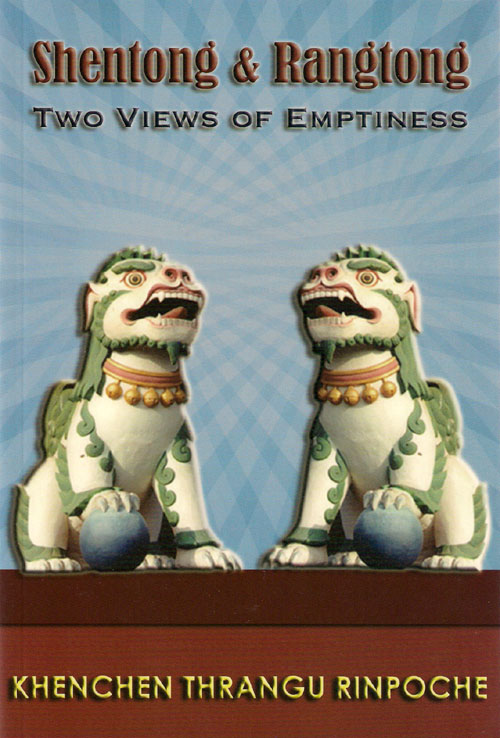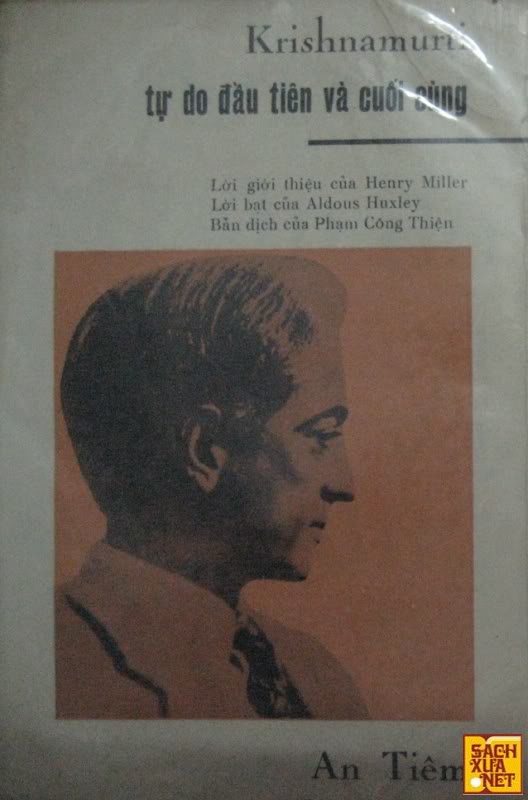Karmapa means “the one who carries out buddha-activity” or “the embodiment of all the activities of the buddhas.” The Karmapas have incarnated in this form of nirmanakaya, or manifestation body, for seventeen lifetimes, as of the present, and all have played a most important role in preserving and promulgating the Buddhist teachings of Tibet. Yet, before these seventeen manifestations, the arrival of a master who would be known as the Karmapa was prophesied by the historical Buddha Shakyamuni and the great Indian tantric master, Guru Padmasambhava. Throughout the centuries, the Karmapas have been central to the continuation of the vajrayana lineage in general and the Kagyu lineage in particular, and have played a very important role in the preservation of the study and practice lineages of Buddhism.
The Prophecies
The Lord Buddha Shakyamuni foretold the coming of only a few of the great buddhist masters, and the Karmapa was one of them.
The following prophecies were compiled by Rinchen Palzang and appear in his work entitled The All-Illuminating Mirror: An Index of Tsurphu Monastery.
From the Samadhiraja Sutra (The King of Samadhi Sutra):
Two thousand years after my passing,
The teachings will spread in the land of the red-faced ones,
Who will be the disciples of Avalokita.
[At that time,] the bodhisattva Simhanada, known as “Karmapa”, will appear.
Possessing mastery over samadhi, he will tame beings
And establish them in bliss through seeing, hearing, recalling and touching.
From the Lankavatara Sutra (Descent Into Lanka Sutra):
Wearing monastic robes and a black crown,
He will perform unceasing benefit for beings
Until the teachings of one thousand buddhas disappear.From the Mulamañjushri Tantra (Root Tantra of Mañjushri):
Endowed with a name beginning with “Ka” and ending with “Ma”,
There will appear an individual who illuminates the teachings.The Karmapa’s arrival was also prophesized by the great Indian mahasiddha, Padmasambhava in various termas
The Buddha Karmapa
From the viewpoint of the ultimate essence, it is said that the Karmapa attained enlightenment a long time ago, as a Buddha called Shenphen Namrol. In the future, he will be the sixth Buddha of this fortunate eon and will be known as the Trukpa Senge; he is inseparable from the present buddha, Shakyamuni.
From the relative point of view, he manifests as a tenth level (bhumi) Bodhisattva and an emanation of Avalokiteshvara or Chenrezik. Before the establishment of the Karmapa lineage in Tibet, the Karmapas manifested in countless different emanations through the centuries. Some of the most prominent manifestations of the Karmapas are the Great Brahmin Saraha and Padmasambhava in India, and many other emanations in Tibet, who upheld and propagated the teachings of the Buddha and benefited countless beings. However, at any one time, only one nirmanakaya form of the successive incarnations has appeared, as an outstanding Buddhist master. The first within the Karmapa lineage, Dusum Khyenpa, established the very first reincarnation lineage in Tibet, and he has manifested from the 11th century until the present day.
Buddha Activity
The Karmapas have not only played an instrumental role in the Kagyu lineage, but also in other Vajrayana Buddhist schools of Tibet. For example, the Third Karmapa Rangjung Dorje engaged in a key role in the preservation and development of the Nyingthik tradition in the Nyingma lineage; the Fourth Karmapa Rolpe Dorje recognized the outstanding qualities and potential of Je Tsongkhapa and became the first preceptor to Tsongkhapa, the founder of the Gelukpa school; the Seventh through the Ninth Karmapas contributed to the preservation and continuation of the Sutras, Tantras, and Mahamudra lineages of the Kagyu school; the Fourteenth Karmapa took part in the preservation and continuation of the Shangpa Kagyu lineage, which was on the brink of extinction, and also had the vision of a non-sectarian movement in Tibet, which he encouraged his heart disciple, Jamgon Kongtrul Lodro Thaye, to continue; the Fifteenth Karmapa Khakhyap Dorje partook in the preservation and continuation of the Terma traditions of the Nyingma lineage; and the Great Sixteenth Gyalwang Karmapa, Rangjung Rigpe Dorje, was one of the most remarkable Tibetan Buddhist masters of our time, critical to preserving and continuing the various Tibetan Buddhist lineages in exile.
His Holiness the Sixteenth Gyalwang Karmapa dedicated a major part of his activity to the preservation of sacred texts. Starting with the Kangyur [ approximately 108 volumes of the Buddha’s teachings translated into Tibetan], and the Tengyur [approximately 214 volumes of the commentaries by Indian masters on Buddha’s teachings, translated into Tibetan], His Holiness reprinted the Derge edition of the Kangyur and Tengyur in New Delhi. He then distributed the Kangyur free to all the Tibetan monasteries in India, Nepal, Bhutan, Tibet, and the USA, and the Tengyur to all the monasteries at the basic cost of printing. This was a historic deed of His Holiness-no Tibetan masters of the past ever distributed the Kangyur free to all the monasteries. His Holiness also undertook the work of preserving the writings of great Tibetan masters, including all the works of the Karmapas that were available, and propagated them within the exile community in India, through teachings, giving transmissions, and printing the scriptures. [For more detailed biographical sketches go to Kagyu Lineage.]
His Holiness the Seventeenth Gyalwang Karmapa, Ogyen Trinley Dorje, has already become one of the leading figures in the younger generation of Tibetan Buddhist masters. He was the first and only reincarnate Lama to be recognized by both His Holiness the Dalai Lama and the Chinese communist government. Since he assumed his responsibilities as Karmapa, even while still a young boy, he played a prominent role in Tibet in the 1990s. During this time, His Holiness rebuilt and redeveloped Tsurphu monastery, the main seat of the Karmapas, which was damaged extensively, first during the Tibetan uprising of 1959 , and then during the Cultural Revolution.
In December 1999, he left Tsurphu secretly and made his way to Dharamsala, India, home to His Holiness the Dalai Lama and a large Tibetan exile community. His Holiness now lives in temporary, rented accommodation at Gyuto Monastery, a Geluk monastery 14 km away from Dharamsala. He spends his time completing his studies in Buddhist philosophy, receiving the transmissions and teachings of the Kagyu lineage, and working on various projects. Thousands of Tibetans, Indians, Nepalese, Bhutanese, Asians, and Westerners arrive each year hoping for an audience with him. from him.
He presides over an annual prayer festival at Bodh Gaya [Kagyu Monlam] attended by 10,000 monks, nuns and laypeople from all over the world. He prepares and presides over the Kagyu Gunchoe, the Winter debate session for monks and nuns, also held in Bodh Gaya.
SỰ TRAO TRUYỀN CỔ SƯ CỦA DÒNG NYINGMASogyal Rinpoche Giáo lý Nyingma được chia thành sự trao truyền dài của Kama và trao truyền ngắn của Terma; những giáo lý khác được thọ
Tiến Bộ Trong Sự Thực HànhBây giờ chúng ta xem xét chủ đề thứ ba : tiến bộ trong thực hành ; hai giáo huấn trước về hòa nhập và thư giãn
Namkhai Norbu Rinpoche là một vị Thầy ở Tistuto Orientale, đại học Naples, nơi ông dạy tiếng Tạng, Mông Cổ và lịch sử văn hóa Tây Tạng. Dù vẫn dạy đại học,
Xưa, Thái Sử Hoàng Sơn Cốc nhân bởi Ngài Viên Thông Tú phấn khích nên đến chỗ Tổ Hối Đường xin chỗ “Nhậm lẹ”.Tổ Hối Đường nói: “ Như Đức Khổng Tử
CHÁNH NIỆMTất cả những tư tưởng, những hình tướng đều là ứng hiện từ Tánh Không chúng sanh ra từ Tánh Không hiện diện cũng trên và trong Tánh Không và rồi
QUAN HỆ THẦY TRÒ Theo Tinh thần Kinh Kế thừa Chánh pháp Thầy, vầng mây bậc, thong dong, núi cao biển rộng Con, cánh nhạn chiều, chân trời sải cánh, dõi theo Thầy,
Giữ giới là lựa chọn tự do Giới luật của Phật giáo có nghĩa là: “Anh đừng tự làm thương tổn mình, anh đừng tự làm hại mình”. 1. Tự do của lệ thuộc
Đạo Phật là gì Lama Zopa and Lama Yeshe Khi bạn tìm hiểu về đạo Phật tức là bạn đang tìm hiểu về con người thật của mình, về bản chất của tâm trí
Vô minh bẩm sinh & Vô minh văn hóa(VHPG) Mọi kinh nghiệm của chúng ta, kể cả giấc mộng, khởi lên từ vô minh. Đây là một tuyên bố làm hoảng hốt




